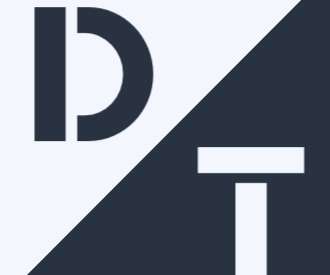Cliff Notes S-1: Kayak ? AGILEVC
Agile VC
APRIL 17, 2011
Founding Date: 2004. How They Make Money: Majority of Kayak’s revenue actually comes from advertising on their site (55%), not lead generation or referral fees to travel suppliers as you might think (more on this below). Financial Snapshot: 2010 Revenue: $170 million. Distribution revenue is CPC and CPA. .












Let's personalize your content